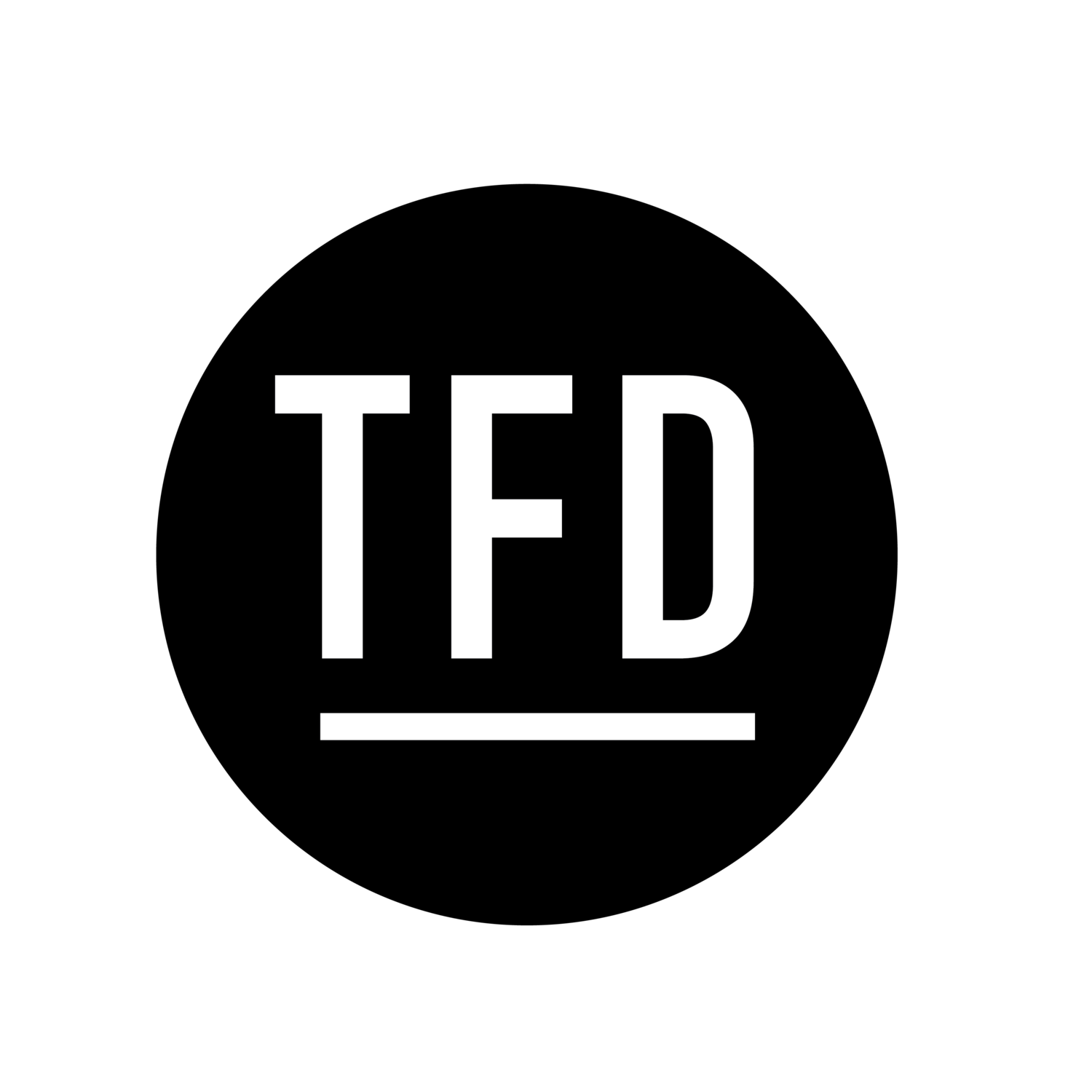The Not-So-Subtle Equivalency Between Fashion and Facebook
While gleefully rejoicing over the demise of fast fashion as reported by Business Insider, and simultaneously researching how publishers can keep captive audiences in lieu of the post-Facebook algorithm change for this blog post, I couldn’t help but be inspired by the correlation between facilitating a quality audience and the demise of cheap clothing. On one hand you may be thinking, “what do I have against fast fashion?” Well, for starters, size “large” is a complete mirage and those cheap jeans I bought in high school somehow managed to completely disintegrate post-inaugural wash are also clogging a landfill somewhere. And on the other hand you may be thinking, "wait, what?" So, bear with me is a I draw a very thin (but high-quality!) line between the two.
Businesses thought we would settle with crap ... and sometimes we did. Not too far unlike our acceptance of cheap apparel, publishers and brands accepted the poor quality audience Facebook was delivering. We thought we were okay with jeans that would last a month or a fleeting audience just there for a controversial headline. We thought we could accept a shirt too trendy for more than one night or a troll we explained away as a loyal commenter. But just as we knew that it was time to hang up what was left of our ill-fitting, shitty jeans, we knew it was time to hang up our faux audience. Sure, maybe Facebook had to create this revelation for us, but ultimately it was we, the consumer, putting the pressure on Facebook to do better. The consumer wasn’t okay with bots and bait or spies and trolls, particularly when it came to conflating our political system. And just as trends fade, and mediums change, our universal cry for value has seemingly always won out. Gone are the metrics of time spent, enter the era of time well spent. So, where should publishers go for a captive audience now that quality reigns supreme?
In light of Facebook’s change, other platforms are stepping in. Keep a close eye on platforms like Reddit, NextDoor and Google AMP. As reported by Digiday, Reddit has both “intrigued and confounded publishers for years. With their new profile pages and relaxed content sharing rules, the platform primed for audience interaction, could provide a new space for authentic audience interaction.” And while NextDoor doesn’t have an existing program for publishers, there partnership with the Washington Post could be a sign of what’s to come. And let’s not forget Google AMP, who has been looking to improve publisher relations even before the Facebook algorithm change.
Consider your existing outlets. In the past year, large publishers have doubled-down on newsletter efforts. This year Quartz plans to churn out multiple newsletters dedicated to events and is staffing accordingly based on the high engagement they are seeing and The New York Times discovered their newsletter subscribers are twice as likely to become print subscribers.While the use of newsletters isn’t a new development, getting them to the front of company consciousness is. At some point, newsletters became an internal obligation filled with lackluster stories, not high-quality product extensions designed for community building.
So, while perhaps your brand is still quaking from the Facebook change, check your closet and see what items have survived all these years, and maybe then you’ll realize you’re fine without it.



